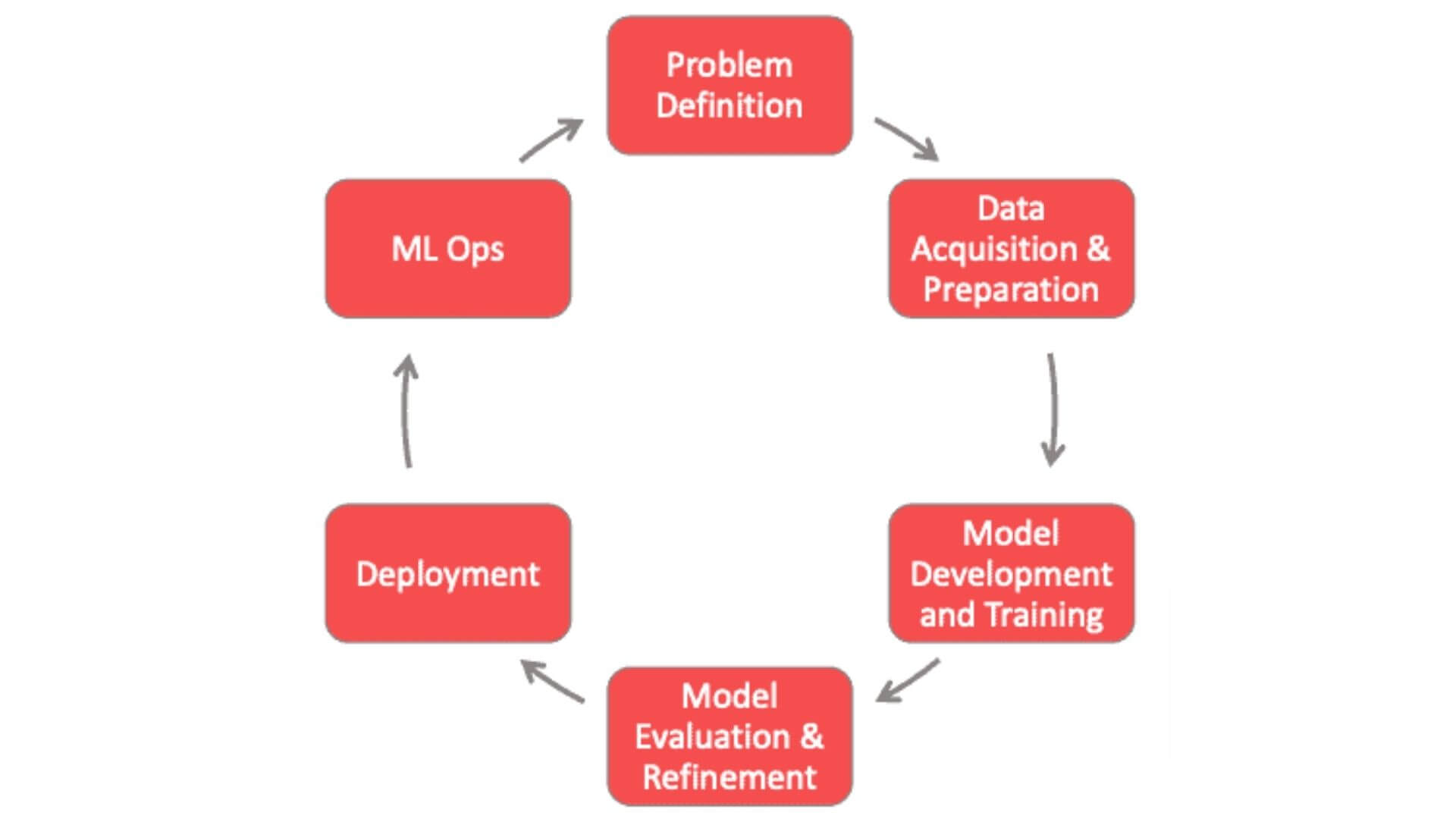AI isn’t exactly new to your firm. The data scientists in your company developed machine learning models and deployed them in a few core systems several years ago. But with the arrival of generative AI, there’s a significant uptick of interest in AI from company leaders and employees. Senior leaders are thinking, we want artificial intelligence to play a significant role in the future of our company. How do we leverage generative AI and other AI techniques more broadly across our organization and accelerate value creation?
Not long ago, you’ve been tapped by leadership to help your organization manage a pipeline of AI projects or opportunities in a more structured way to so the firm can reap greater benefits. You’re excited to do this type of work. After all, as a technology leader, you are aware of the possibilities with generative AI. People across your company talked to you about how generative AI can solve challenges in their domain and make their jobs easier. You’ve heard about numerous exciting use cases from industry peers.
But before you get too far, have you developed a process for managing a portfolio of AI ideas (or an AI program)? Do you have a rubric for evaluating ideas and choosing which ones to prototype? Once you decide that an idea has promise, what process will you use to take it from concept to viable solution?
That’s where the AI lifecycle becomes useful. The AI lifecycle represents the process of moving from business problems to a set of potential AI solutions, vetting those potential AI solutions, implementing the most promising ones in a responsible way, and ensuring those AI solutions fulfill their intended functions and deliver the expected benefits.
Using a well-defined AI project lifecycle can significantly improve AI projects’ alignment to organizational goals, help organizations make the most of their limited resources, boost the efficiency of project management and overall success and ROI from their AI investment.
Different AI Lifecycles for Different Purposes
The AI lifecycle for machine learning projects
Now, you might be thinking we already use a lifecycle approach to manage our machine learning projects. If that’s the case, great. Every organization can benefit from using a consistent lifecycle or process for developing machine learning based models and deploying them. A solid ML lifecycle looks like this:

Source of image: Data Science Process Alliance
- Problem definition: Identify the problem we want to solve with a ML model, including the nature of the problem, the environment, the expected objective, people, systems, processes, and data. Research and understand what type of AI capability/model is most suited to solving the problem.
- Data acquisition & preparation: Acquire the data needed to build/train the AI model or to run through a pre-trained AI model. Clean and prepare the data.
- Model development and training: Build a predictive model trained on your data. Develop a suitable evaluation benchmark for model performance.
- Model Evaluation & Refinement: Evaluate the model’s performance on testing data and/or build a prototype solution to collect feedback from users. It’s normal to spend multiple cycles here before an AI team can ensure that the model is performing well enough for broader deployment or operational usage.
- Complete work needed to prepare for deployment, including technical work for scaling the model, building UI for end-users to interact with the model and receive outputs and creating documentation and setting up metrics to monitor the performance of the model.
- ML Ops: In this final stage, the model is deployed and monitored. In this phase, the team monitors the model’s performance to ensure it’s still working as expected. They may need to update the model with new data (if the model drifts) or refine the model based on feedback from its users.
Even if you have a great ML project lifecycle in place, you’ll need to adapt it if you are attempting to manage a portfolio of AI projects.
When you’re overseeing a variety of AI projects that can drive different types of business benefits, encompassing various AI techniques and capabilities, with different levels of impact, risk and implementation complexity, and benefit delivery timelines, you need a new framework and approach.
Here at Shibumi, we’ve developed a new AI Portfolio Management Lifecycle that addresses these specific considerations. It’s meant to help you effectively prioritize projects and use cases, allocate the right level of resources to ensure project success, govern projects to mitigate risks and ensure that these AI deployments are yielding tangible business benefits.
The AI Portfolio Management Lifecycle

Just like the machine learning lifecycle, Shibumi’s AI portfolio management lifecycle still has six stages. But what someone should do in each stage is quite different.
The Benefits of Implementing a Robust AI Project Life Cycle
We’re going to share all the details about this lifecycle stage in our next blog post: AI Lifecycle Management: Stage by Stage Guide. But before we do, let’s discuss how using this structured lifecycle will benefit your organization:
- Increased alignment: A robust process that starts with identifying business problems first helps your organization ensure that it’s investing in AI ideas will have impact.
- Risk Reduction: By flagging potential issues early in the process, we can mitigate risks before they become more expensive. For example, during the problem definition phase, if the problem isn’t defined clearly, the project may lose direction. Identifying this risk early on allows teams to refocus and avoid costly, time-consuming revisions later.
- Improved Efficiency and Productivity: A structured project life cycle streamlines the workflow, ensuring that everyone on the team understands their roles and responsibilities at each stage. This clarity can significantly improve efficiency and productivity, reducing the time to deployment.
- Enhanced Quality of AI Solution: By enforcing thoroughness and rigor at each stage, a well-defined project life cycle enhances the quality of the final AI solution. Rigorous evaluation and refinement ensure the AI solution performs as expected, while regular maintenance and updates keep it running smoothly over time.
- Enhanced Resource Allocation: AI projects require significant resources, including time, human expertise, and computational power. By being clear about resource allocation needs up front, your organization can allocate the right level of resources to help projects succeed.
Learn more about managing an AI Portfolio stage by stage
Check out the article AI Lifecycle Management: Stage by Stage Guide.

